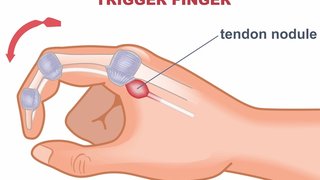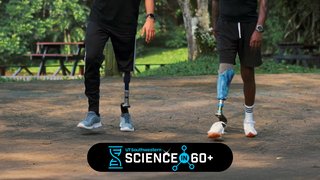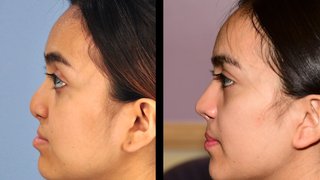Wrist pain? Tingling fingers? It could be carpal tunnel syndrome
August 29, 2018

If you experience pain and tingling in your fingers – especially during the middle of the night or when you wake up – you might have carpal tunnel syndrome. Carpal tunnel develops when the median nerve in the wrist is pinched. This nerve goes through a tunnel at the bend of the wrist and, in some patients, the tunnel is too narrow. This causes patients to experience intermittent tingling, numbness, and sometimes burning pain.
The symptoms usually are manageable for most patients – at least initially. However, as the condition progresses and continued pressure is inflicted on the nerve, the symptoms become more frequent and can eventually become constant. This can lead to difficulty when:
● Gripping the steering wheel to drive
● Holding a book to read
● Using a smartphone
Carpal tunnel can affect patients in their 20s and 30s, but it tends to become troublesome when patients reach their 40s or 50s. The stereotypical patient is a person with a desk job who types on a keyboard all day. However, we see carpal tunnel in patients with various occupations, particularly dental hygienists and construction workers who use vibrating instruments daily and people whose job duties require repetitive, forceful wrist movements. Most patients with carpal tunnel have no specific risk factors.
By and large, carpal tunnel symptoms can be managed with nonsurgical and/or surgical techniques – especially if it’s diagnosed early. The key is to see a doctor who specializes in treating hand and wrist conditions to optimize your results and avoid potentially long-lasting complications.
How is carpal tunnel treated?
Wrist splint
Patients who seek treatment in the early stages of carpal tunnel often can be treated with wrist splints, potentially avoiding surgery. Wrist splints help keep the wrist from bending, thereby reducing pressure on the median nerve and alleviating symptoms.
Splints are particularly helpful at night, when patients have less control over how their wrists bend. Initially, most patients wear splints around the clock, then gradually switch to wearing them only at night.
Surgery
If symptoms don’t improve or get worse while using the splint, patients might need surgery to widen the tunnel in the wrist through which the median nerve passes. Patients with intermittent symptoms usually find relief the day of surgery. However, for patients with continual symptoms or those who have dealt with carpal tunnel for a long time, it often takes a few months for symptoms to resolve.
Years ago, carpal tunnel surgery required large incisions that extended from the wrist to the palm. Today, we perform endoscopic carpal tunnel release, which is an advanced technique that requires just a quarter-inch to half-inch incision near the palm. We insert a small camera into the hand and wrist, which helps the surgeon visualize and divide the transverse carpal ligament and treat the median nerve opening to alleviate pressure.
Most patients can use their hands and wrists immediately following surgery, although some patients need physical therapy to ensure they regain full range of motion in their wrist and fingers. Patients will have a few stitches that are removed two weeks later, so we recommend avoiding heavy activity.
As with all procedures, there are risks involved with carpal tunnel surgery. Rarely, damage can occur to the median nerve or ulnar nerve (which is connected to the pinky finger and the adjacent half of the ring finger), the palmar arch (an important artery in the hand), or the nerves and tendons of the fingers. At UT Southwestern, we have surgeons who specialize in these delicate hand surgeries, including plastic surgeons who can provide effective treatment that alleviates pain and restores feeling to the hand.
To find out whether you or a loved one might benefit from carpal tunnel treatment, call 214-645-8300 or request an appointment online.











